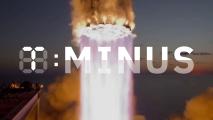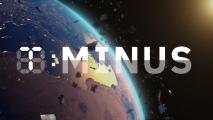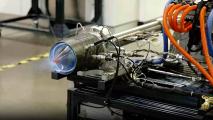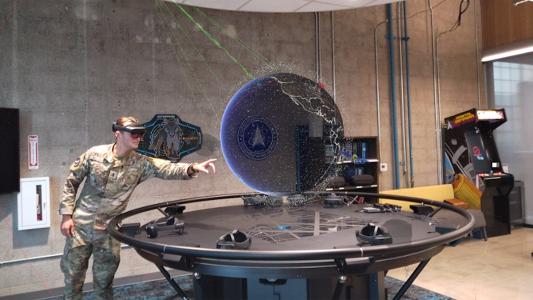This is T-Minus, where we count down the biggest developments in space, from new rocket launches to discoveries that advance our understanding of the universe and our place in it. Humanity is reaching new heights in space exploration. Make sure you’re part of the journey by subscribing here.

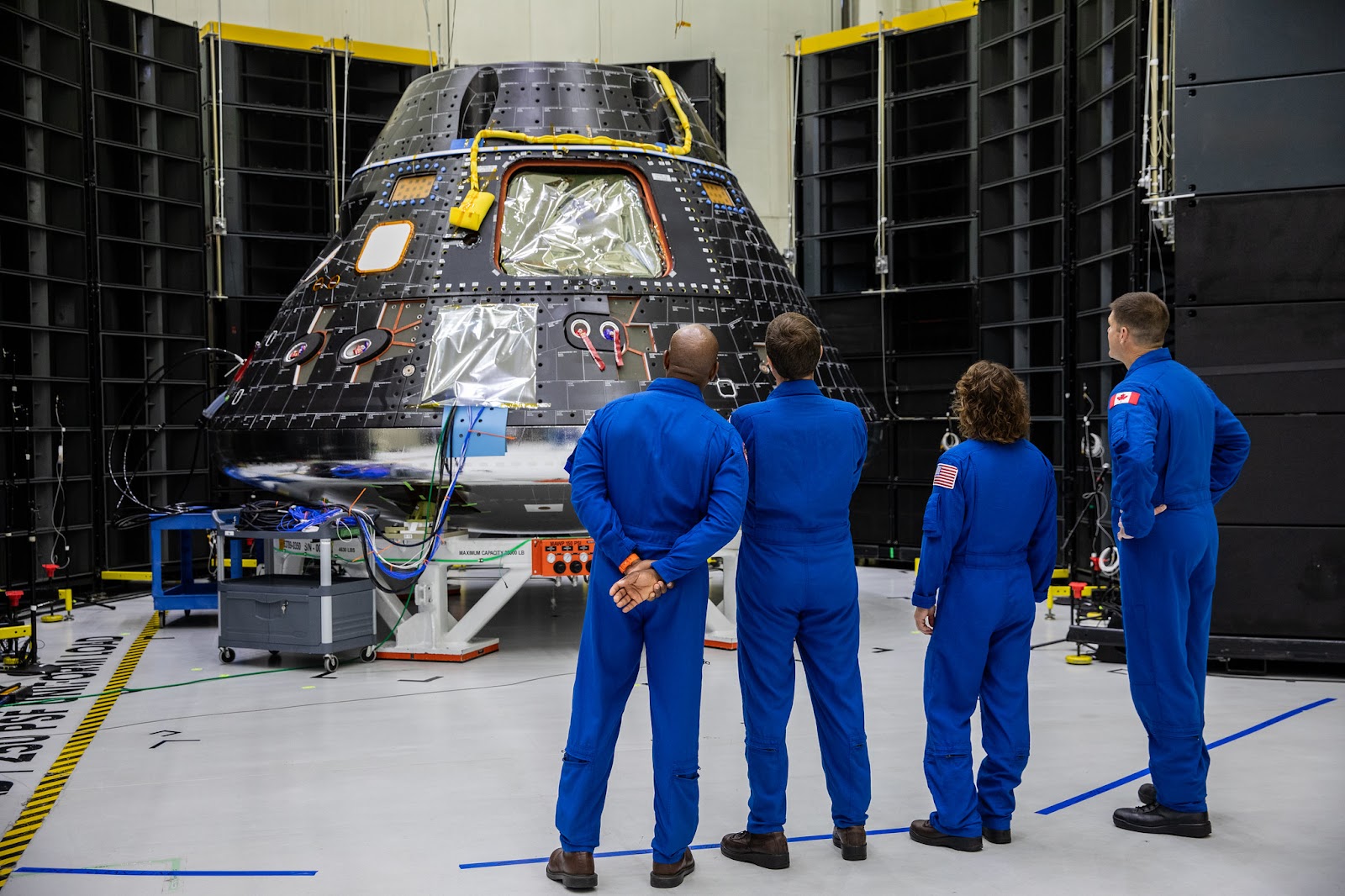
Artemis missions delayed
We knew it was likely, and now it’s official: NASA is delaying Artemis III, its mission to return astronauts to the moon for the first time since the 1970s.
Instead of taking off in 2025, that mission is now expected to launch in September 2026, NASA Administrator Bill Nelson told reporters on January 9. Artemis II, a crewed mission that will circle the moon, is also being pushed back, from 2024 to September 2025.
The delay is due to a combination of factors, including the need for SpaceX’s Starship rocket to prove itself, and while no one wants to wait an extra year for Artemis III, it’s vital that NASA do everything possible to ensure the mission is a success when it does launch, given that astronauts’ lives are at stake.
“We don’t fly until it’s ready,” said Nelson. “Safety is paramount.”

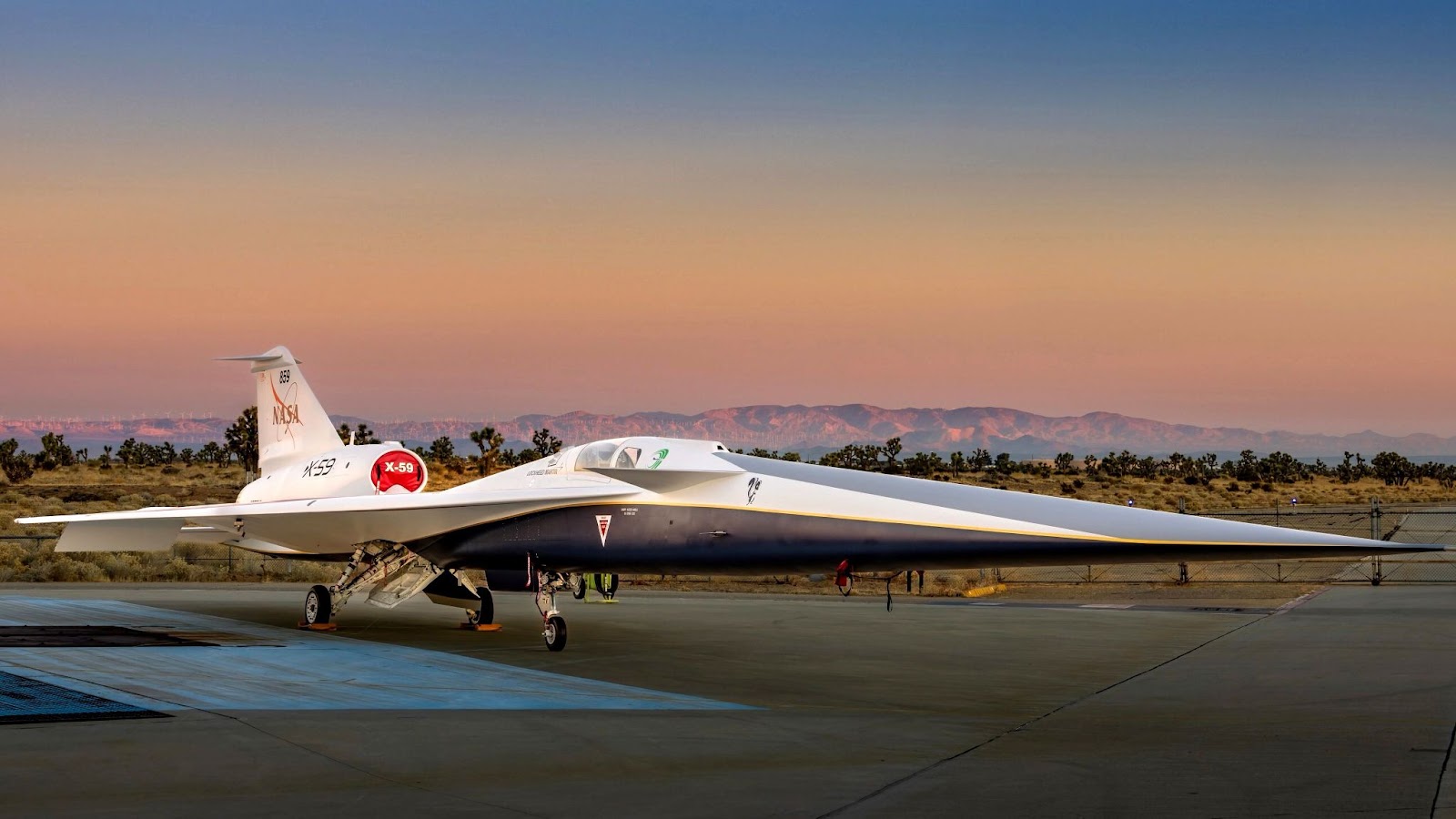
NASA unveils quiet supersonic plane
In 1973, the FAA banned the flight of non-military supersonic aircraft — ones that fly faster than the speed of sound (767 miles per hour) — over land to prevent their loud “sonic booms” from disturbing the public below.
On January 12, NASA and Lockheed Martin unveiled the X-59, an experimental supersonic plane designed to be much quieter than its predecessors. NASA’s goal now is to use data from flight tests to convince regulators to lift the ban on supersonic flight over land — opening the door to super-fast commercial travel in the future.
“This is a major accomplishment made possible only through the hard work and ingenuity from NASA and the entire X-59 team,” said NASA Deputy Administrator Pam Melroy. “In just a few short years we’ve gone from an ambitious concept to reality. NASA’s X-59 will help change the way we travel, bringing us closer together in much less time.”

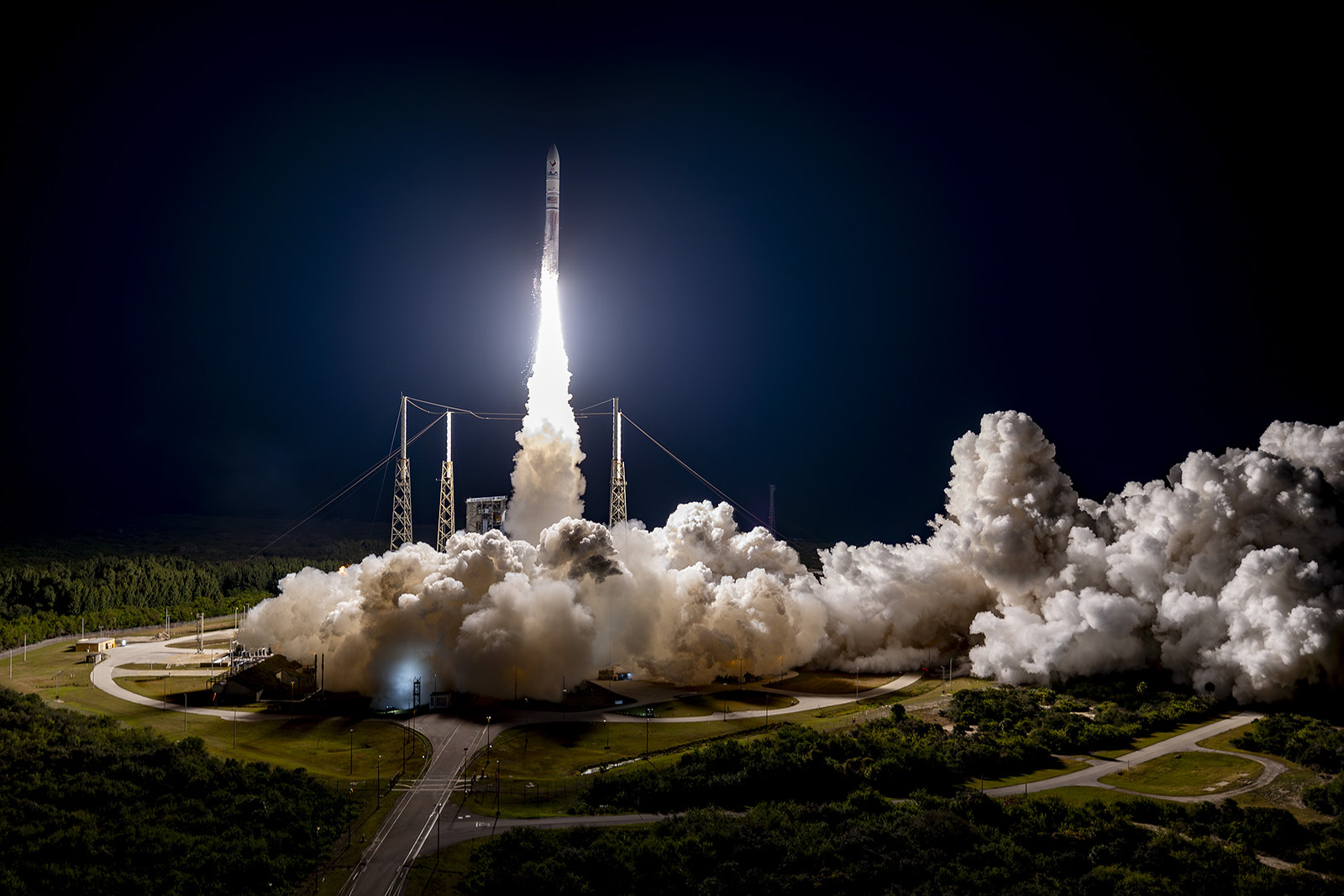
ULA’s launch — and Astrobotic’s loss
The biggest story in space last week was bittersweet.
On January 8, United Launch Alliance (ULA) attempted to fly its new heavy-lift Vulcan Centaur rocket for the first time, after nearly a decade of development. The launch went off without a hitch, but the rocket’s primary payload — the Peregrine lunar lander, developed by Pittsburgh-based startup Astrobotic and funded by NASA — wasn’t so lucky.
Not long after Peregrine’s deployment, Astrobotic reported that its propulsion system had experienced a failure that would prevent the spacecraft from reaching the moon. The lander is now headed toward Earth and is expected to burn up in the planet’s atmosphere.
Had the mission been a success, Peregrine would have been the first US spacecraft to reach the lunar surface since 1972, and Astrobotic would have earned a place in history as the first private company to land on the moon.
That disappointment aside, now that ULA knows Vulcan Centaur can fly, it can start looking toward the next launch. Scheduled to lift off as soon as April, that second Vulcan Centaur will be used for the maiden flight of NASA’s new Dream Chaser spaceplane, which is expected to revolutionize transportation to and from the International Space Station.
We’d love to hear from you! If you have a comment about this article or if you have a tip for a future Freethink story, please email us at [email protected].
